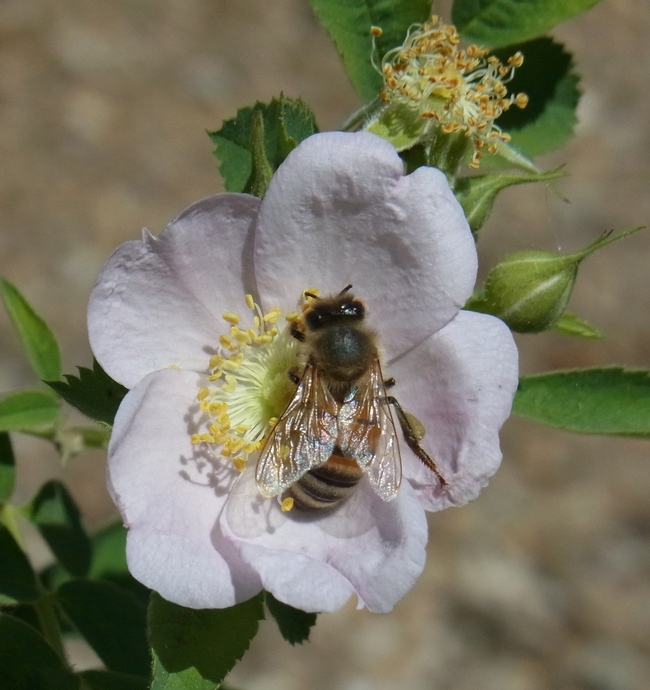The horticulture industry continues to develop new plants for home gardens, which keeps gardeners coming back for more plants every year. While traits such as disease resistance or tolerance of difficult soil are appreciated, the key feature for new plants is often a wow factor: large flowers, unusual shapes or colors, or multiple layers of petals. Not unlike the tail fins on cars of the Fifties, however, these characteristics may just be for show and may add little horticultural value.
And while these features may sell plants, they often are to the detriment of bees. Multiple layers of petals can make it difficult for bees to find the pollen and nectar resources that they need. And in some cases, these fancier, more complex flowers may not provide forage value at all. A British study comparing single-flowered varieties of common garden flowers to newer double-flowered varieties of the same plant found that, in three of the four species studied, the double flowers had little or no nectar (Corbet et al., 2001, Annals of Botany, 87:219-232).
So when selecting plants for your bee garden, keep it simple.



